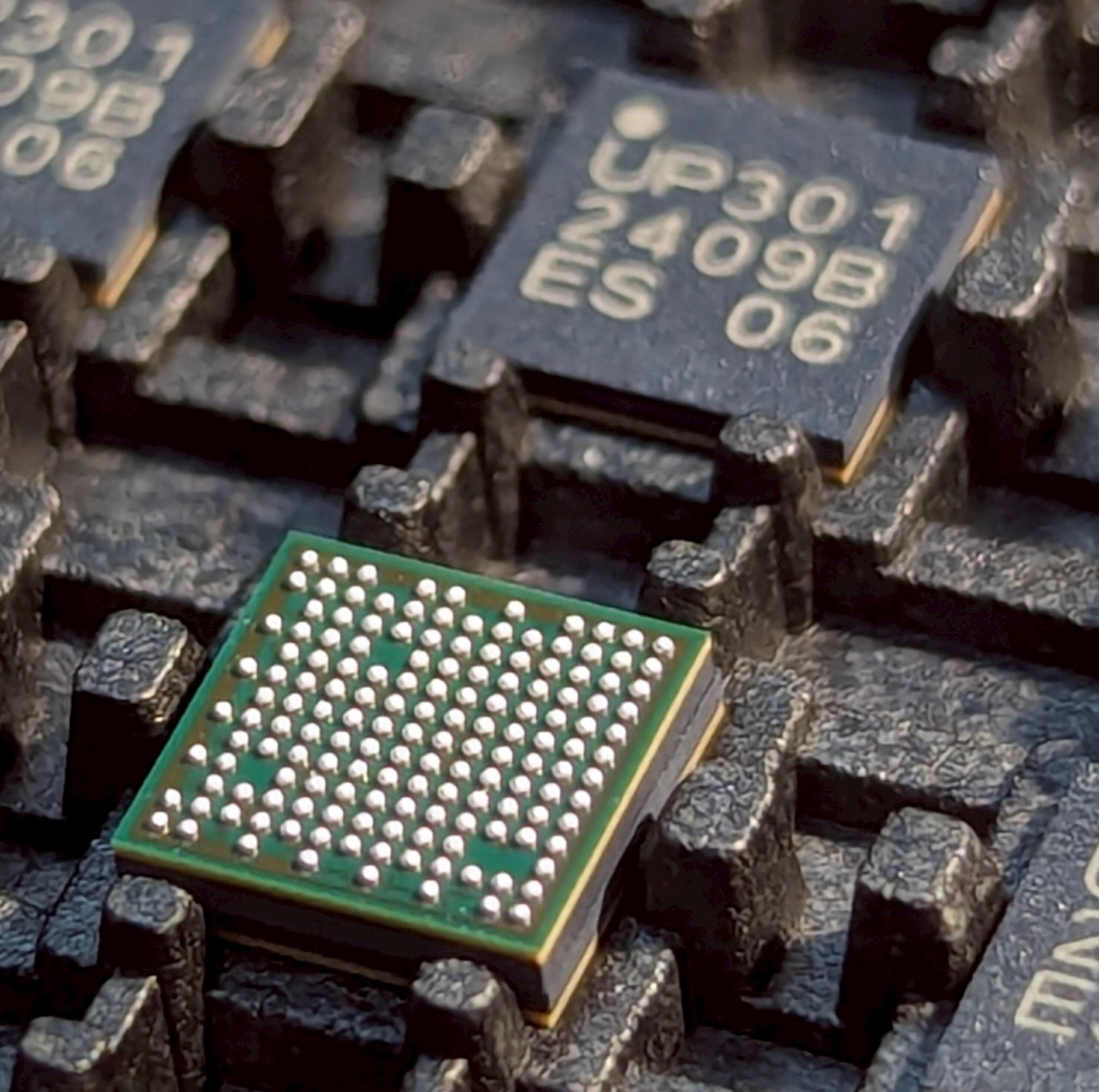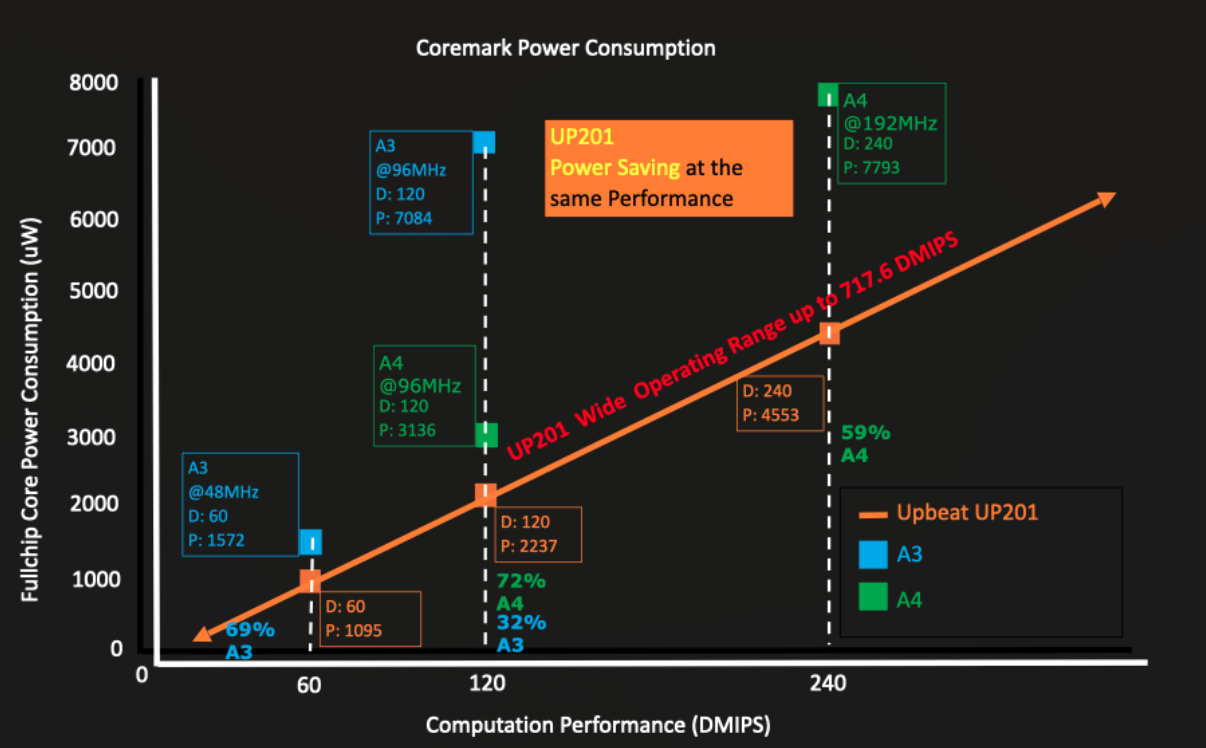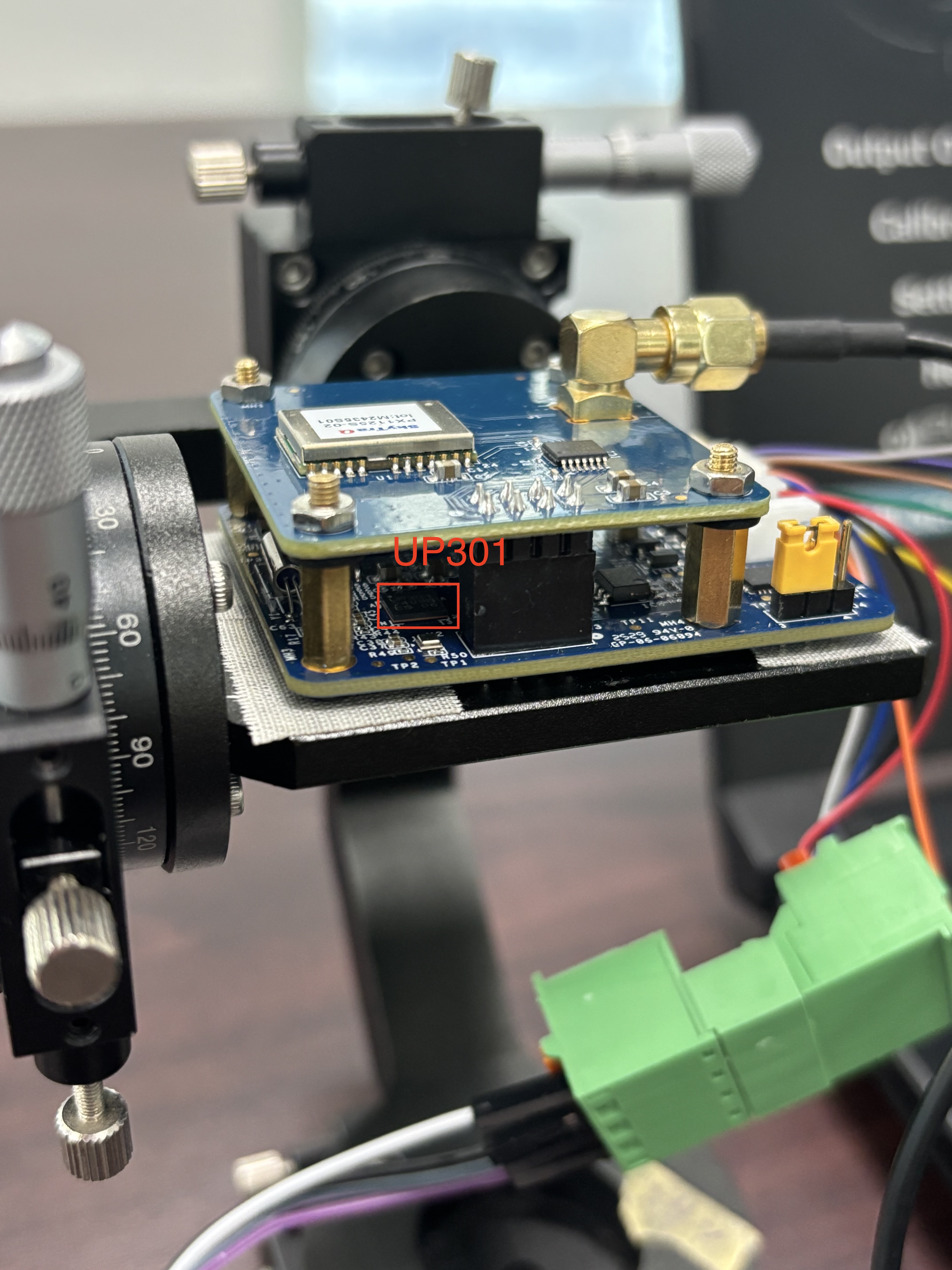In the era of the Internet of Things (IoT), real-time decision-making, data privacy, and extreme endurance (ultra-low power) are critical requirements for successful Endpoint AI devices.
Upbeat Technology focuses on ultra-low-power RISC-V SoC development, bringing you UP201 and UP301 series — a heterogeneous dual-core RISC-V Edge AI platform designed specifically for energy-efficient deep learning applications.
Our chip enables AI analysis closer to the data source (Edge AI), achieving fast response and lower bandwidth usage, making it highly suitable for real-time applications.


Heterogeneous dual-core RISC-V design separates Always-On (E21) and Non-Always-On (E34) domains, enabling continuous sensing with minimal power and instant wake-up for intensive AI tasks.
Our platform is designed for ultra-low supply current and adjustable computation performance. This supports devices in achieving years or even longer battery life.

UP201 and UP301 share the same ultra-low-power RISC-V CPUs and AI accelerators, but they focus differently on integration and size. UP201 is an AI SoC built for space constraints and extreme battery life, while UP301 is an AI processor offering higher-level vision capabilities and rich peripheral interfaces. This ensures you can find the perfect solution fit for any edge application:
Trina-Pi is a versatile, ready-to-use development solution built around ultra-low-power UP201 RISC-V microcontroller, specifically engineered for cutting-edge AI and edge computing applications.
It is designed to offer robust, energy-efficient machine learning capabilities by integrating dual cores and a built-in Neural Processing Unit (NPU).
Ideal for embedded applications and prototyping tasks, Trina-Pi features a compact size of 31mm × 61mm and includes a complete SDK and various example programs to facilitate fast and efficient project creation for both engineers and hobbyists.

The following showcases how UP201/UP301 deliver ultra-low-power Edge AI solutions in practical applications.
Shows how UP201/UP301 use an ultra-low-power NPU for always-on voice activity detection and instant wake-up.

Our chip supports LVGL applications through the LVGL API, utilizing the built-in GFX 2.5D GPU and Display Engine.
This demonstration highlights UP201/UP301’s robust performance in sensor fusion and real-time control computation.

This video provides a visual presentation, through power measurement, of UP201/UP301’s performance across different operating modes.